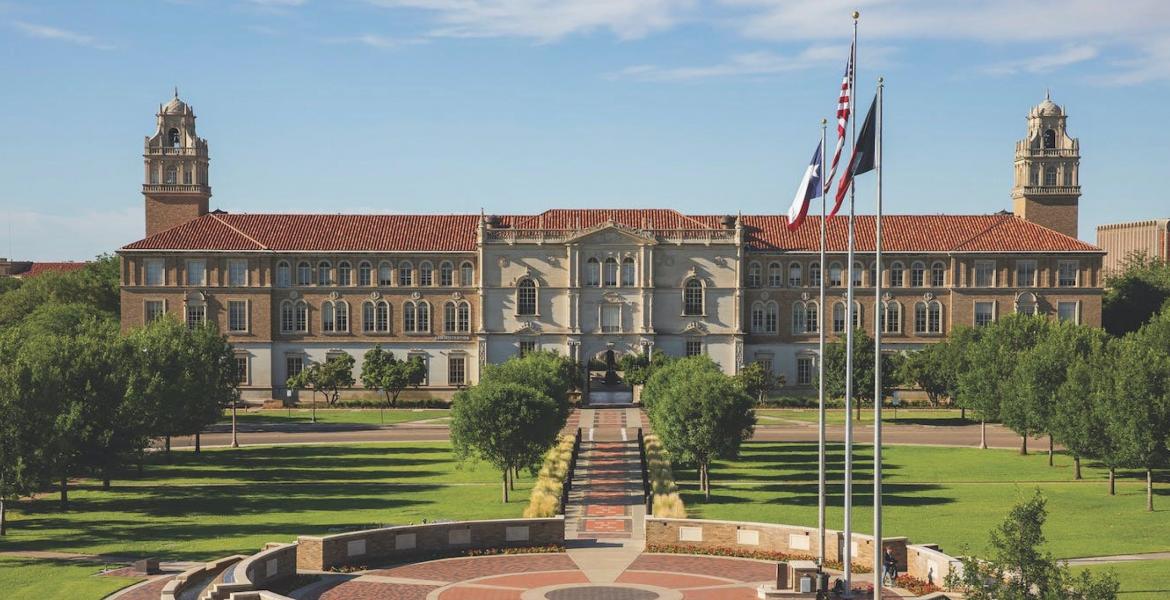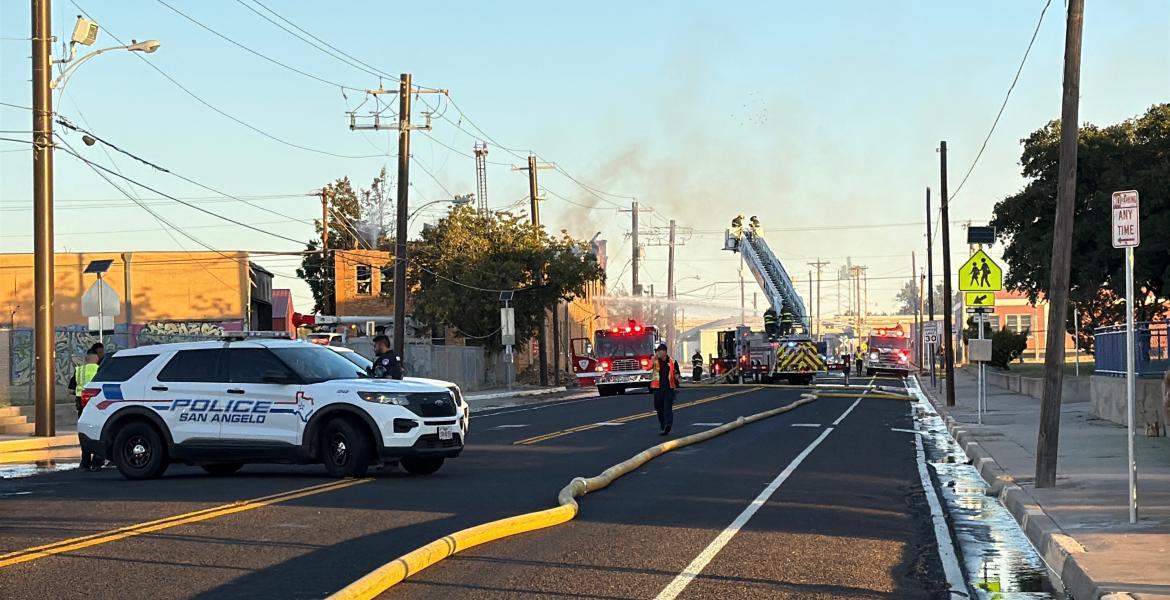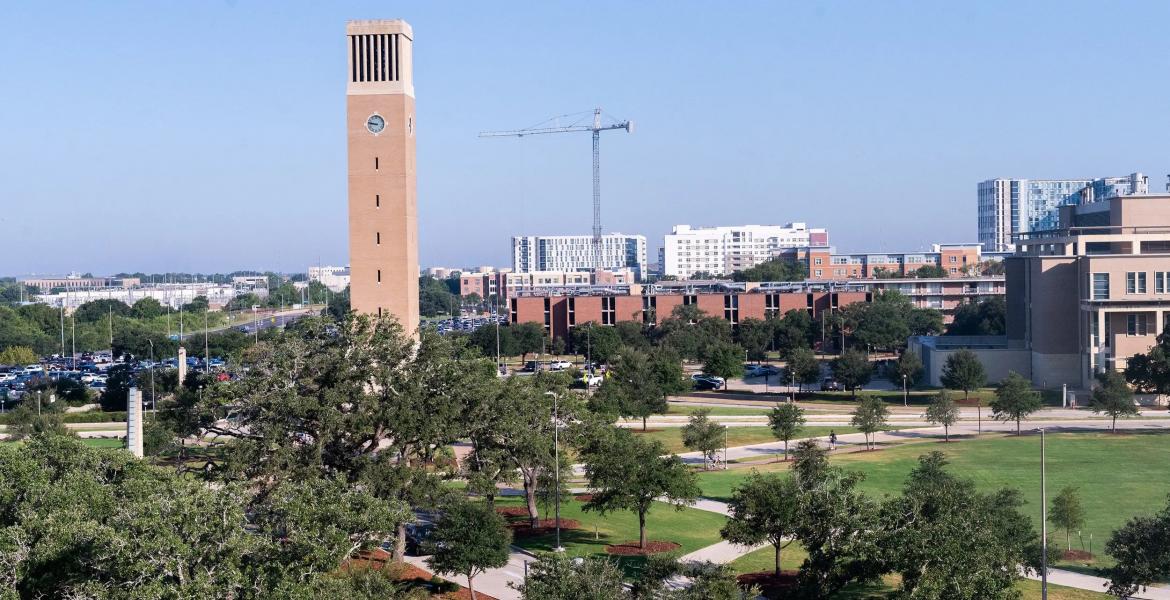Yesterday, about 1000 school children were huddled around their robots competing in the annual robotic competition at the C.J. Davidson Conference Center at Angelo State University.
The event inaugurated 11 years ago, said Traci Terrill, who introduced the robotics competition to the Concho Valley. Her husband, Joshua, is the technology director at Christoval High School. Traci is the Career Technical Education Specialist at the State of Texas Region 15 Education Service Center.
Outside the main contest hall, a row of Science Technology Engineering and Math (STEM) companies lined up to plant the seeds for a career in technology and the sciences. “Cathy Ballard at the [San Angelo] Workforce Solutions teamed up with us this year,” Terrill said. “She brought in the STEM employers from the area here.”
Robotics is popular, judging by the number of kids and parents involved from schools all over the area. Schools that have challenges fielding football teams had 15 or 20 contestants wearing school colors, huddled over their robots.
The robots are created out of special Lego kits. There are three versions that we saw: New, old and a simpler robot for grades K-2. “The new kits cost more. But they’re more sophisticated. They have more sensors on them,” Terrill said. “The old kits have been used for about seven years.”
In the contest, students are given two minutes to run the robot’s sequence. This year’s contest required the robot to know the difference between whiffle balls and PVC couplers by placing each on various areas on the 12 x 12-foot tournament board. The tournament board is made of plywood and marked with a course, or areas and pinpoints. “The robot is programmed to move the objects from a containment area to a collection area, and they have to have the robot already programmed to roll,” Terrill said.
The robot’s program is placed into robot’s RAM memory either via Bluetooth or USB from a Windows laptop. IBM Thinkpads appeared to be the tool of choice in the convention hall.
The competition teaches the children planning, how to operate software and machinery, and problem solving. The software interface is icon-based, where students can drag-and-drop the robot’s sequence.
The contest is open to all grades, from kindergarten to 12th grade. For the children in second grade and under, Lego has a simpler robot kit called a “WeDo.”
Officially, the contest starts at the third grade. The higher the grade, the more difficult the tasks for the robots to perform are. For example, in the 12th grade competition, there was an antenna-looking object mounted on the sidewall of the board that the robot was required to acquire for more points.
The students know the robot contest’s requirements—what the robot must be programmed to accomplish in the two-minute run— well in advance. This year’s contest has been available on the contest’s website since September.
Video: A example pre-programmed sequence of the robotics competition
[[{"fid":"8951","view_mode":"default","fields":{"format":"default"},"type":"media","attributes":{}}]]
An advanced robotics competition was underway upstairs. There, the objectives were not known prior to the event. “They just have to show up with their robot, and they are given a problem to solve that will better mankind,” Terrill said. This year’s impromptu problems: a Rail straightener, a pooper-scooper, and a contest called “little brother”, a course where the robot has to run around and pick up toys left out.
Yesterdays contest was an invitational event, and for practice. The real contest to win the University Interscholastic League (UIL) begins on January 17 in Brady. Contestants must pay to enter the Brady contest.
Before this year, Terrill’s competition was funded primarily through her Region 15 budget. However, the state Legislature has cut her budget significantly. Cathy Ballard helped by writing a grant for $3,000 to help fund the competition and keep the event free for contestants. Patriot Automation Control, Inc. built several “arenas”, the 12 x 12-foot plywood contest boards to help out.
“We started with 12 teams 11 years ago. This year, we have 136,” Terrill said.
Subscribe to the LIVE! Daily
Required






Post a comment to this article here: